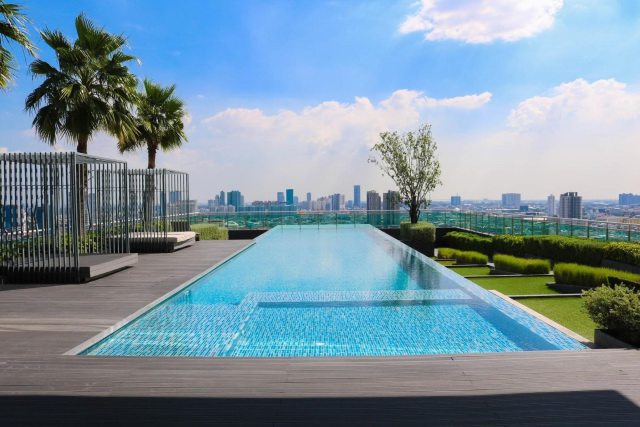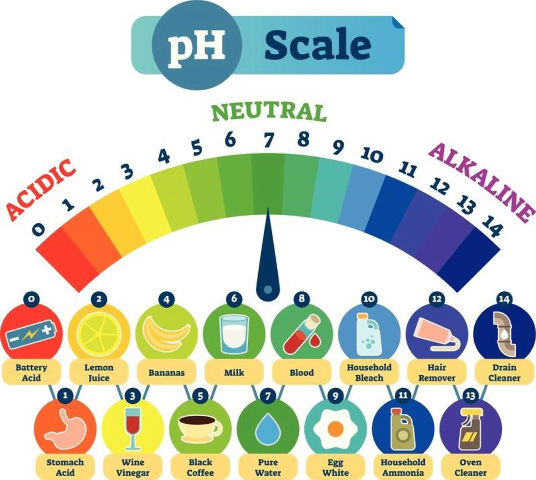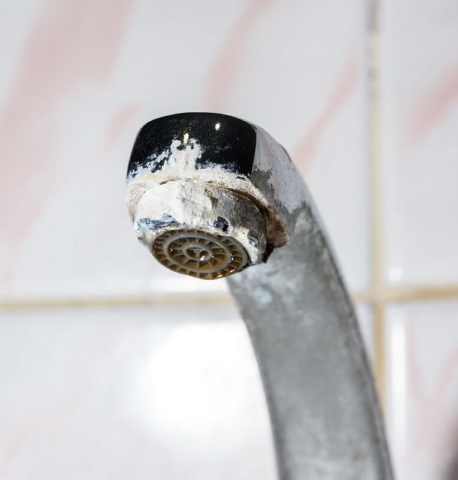Do you find yourself constantly scratching your head wondering what total alkalinity is? Better yet, do you wonder what the best range of alkalinity is for your swimming pool? Well, you’re not alone on this.
Simply put, a swimming pool’s total alkalinity is the measure of carbonate and bicarbonate levels in the water. Alkalinity helps to buffer your pool’s chemistry which helps to stabilize the pH levels. This is a handy feature because a constantly fluctuating pH can be detrimental to the long-term health of your pool.
Continue following along as we dive deeper into the meaning behind total alkalinity and how it relates to other key features in your swimming pool, including pH, acidity, and more. You’ll also find out the best approaches when dealing with high and low alkalinity. Let’s get straight into it!

Article Contents
Everything You Need to Know About Total Alkalinity
What is Total Alkalinity in a Pool?
Total alkalinity, determined using a reliable testing kit, is the total concentration of all alkaline substances in the water, such as carbonate and bicarbonate, which help to buffer changes in pH. Not to be confused with pH, which is the measurement of how acidic (below 7.0) or basic (above 7.0) a solution is. However, total alkalinity does affect pH in that when it rises or falls, pH will follow along.

What Does Total Alkalinity Do?
Total alkalinity helps contribute to the stability of pH in your swimming pool. In other words, it’s one of the main factors that can influence the chemistry of your pool water. Any shifts in total alkalinity can cause the pH of your pool’s water to change uncontrollably. It’s very important to keep your total alkalinity in check throughout the year to avoid any problems, such as scaling, corrosion, or worse!
Is Total Alkalinity The Same as Just Alkalinity?
Total alkalinity and alkalinity are often used interchangeably in the pool world. Total alkalinity is measured by the concentration in parts per million (ppm) in the water.
Alkalinity usually refers to Total Alkalinity. However in some instances, the word alkalinity could be used to describe water that is alkaline – as opposed to acidic water.
Having too much alkalinity is a source of rising pH. In this instance, you would need more acid to help lower the alkalinity to reach a more stable total alkalinity.
Ideal Alkalinity: What Should Pool Total Alkalinity Be?
The ideal total alkalinity for your swimming pool depends on the kind of pool that you have.
Chlorinated Pools:
For optimal conditions, you should maintain total alkalinity somewhere between 80-120 ppm in a chlorinated pool.
Saltwater Pools:
On the other hand, saltwater pools have an ideal alkalinity range between 70-100 ppm. Much like a chlorinated pool, it’s important to keep up with the pool sanitization procedures.
In a saltwater pool, you should check up on your salt chlorinator for any calcium buildup at least once a week.
Alkalinity vs. pH: What’s the Difference?
Although alkalinity and pH are intimately related to one another, they’re not the same. Water alkalinity is a measure of alkaline substances in the pool, whereas water pH measures the total hydrogen (acid ion) content in the pool.
It’s important to note that the alkalinity is how you determine how much acid to use in your pool, rather than the pH. More on this is a moment.
Alkalinity vs. Acidity: What’s the Difference?
While alkalinity measures your swimming pool’s ability to react with a strong acid (such as muriatic acid), acidity describes the amount of said acid in your pool at the time of testing. Although they both relate to pH, the major difference is that when acidity rises (pH drops), the alkalinity drops.
Adjusting your Pool’s Total Alkalinity
As you check your swimming pool’s chemistry every week, you can closely monitor any changes to the alkalinity and pH levels. This will help you to move quickly in making your adjustments to get your pool back to normal ranges.
At the end of the day, you never want to risk your pool becoming either too acidic (with low alkalinity) or too basic (with high alkalinity) — each presenting major issues for the swimming pool, and not to mention the safety of the swimmers.
How to Lower Alkalinity in the Pool
Swimming pools with high alkalinity are prone to high levels of calcium. This calcium buildup can be problematic as it contributes to scaling, cloudy water, and clogged filters. When water with a calcium hardness reaches 300 ppm or above, it’s described as hard water. Hard water can cause lime to be precipitated, leading to limescale forming on pipes, walls and floor.

The best way to lower the alkalinity in your swimming pool is by using muriatic acid, sodium bisulfate, or any other ‘alkalinity down/decreaser’ products. Make sure to use caution with these products as they can be incredibly corrosive if used incorrectly.
Notes on calcium hardness:
- The hardness of your water is a measure of the amount of lime dissolved in the water. Water with a calcium hardness of less than 100 ppm (mg/l) is described as soft water. Soft water can draw lime out of tile grouting and the concrete of cast pools, which can lead to disintegration.
- Water with a calcium hardness above 300 ppm (mg/l) is described as hard water. Hard water can cause lime to be precipitated. Lime precipitation can lead to limescale forming on the pipes and walls of the pool, and within the mechanical equipment of the pool. The guideline figure for total hardness of the water is 100-300 ppm (mg/l).
- The most common way to get larger amounts of dissolved calcium in your pool water is through chlorine. When you add chlorine to your pool water, you are not just adding chlorine, but also calcium, which is used to bind the chlorine. Total hardness can be reduced by dilution with fresh water and increased with the addition of calcium chloride.
How to Raise Alkalinity in the Pool
If your swimming pool’s alkalinity is too low you risk dealing with acidic water and all the problems that come with it. If left untreated, acidic water can corrode the pool walls and surfaces leading to etching and cracking. Also, the acidity tends to irritate the skin, eyes, and nostrils of anyone swimming.
If you’re looking to raise the alkalinity of your swimming pool, the best products to use are sodium bicarbonate (baking soda), sodium carbonate (soda ash), and any sort of ‘alkalinity up/increaser’ products. As mentioned above, these products should also be used with caution.
Sometimes you might find you need to raise the alkalinity but not the pH, we have a full article dedicated to that here: How to Raise Alkalinity In Pool Without Raising pH
Take It from Here
At the end of the day, your water chemistry is the most important feature of your swimming pool. Without keeping the total alkalinity in check, you risk losing out on a fun-filled summer of swimming. This is why consistent testing is so crucial to help you closely monitor any changes in alkalinity.
The best method to adjust for alkalinity and pH in your swimming pool is by making small incremental changes. For example, you never want to use too much product in one attempt to either lower or raise alkalinity. In using a slow and controlled treatment process, your patience will pay off in the price of a safe swimming pool.
What have you learned about alkalinity or pH over the years of owning a pool? How do you control for small changes in alkalinity or pH? Your input is very helpful so let us know in the comments below.
Recommended Products
Alkalinity pH Up
Favorite Pool Products
Related Reading:
2 Ways to Raise pH in Hot Tub (pH is Low)
How to Raise Pool pH Without Raising Alkalinity (TA)
How to Lower Alkalinity in Pool Without Affecting pH
Does Adding Chlorine Change Pool pH Level?

